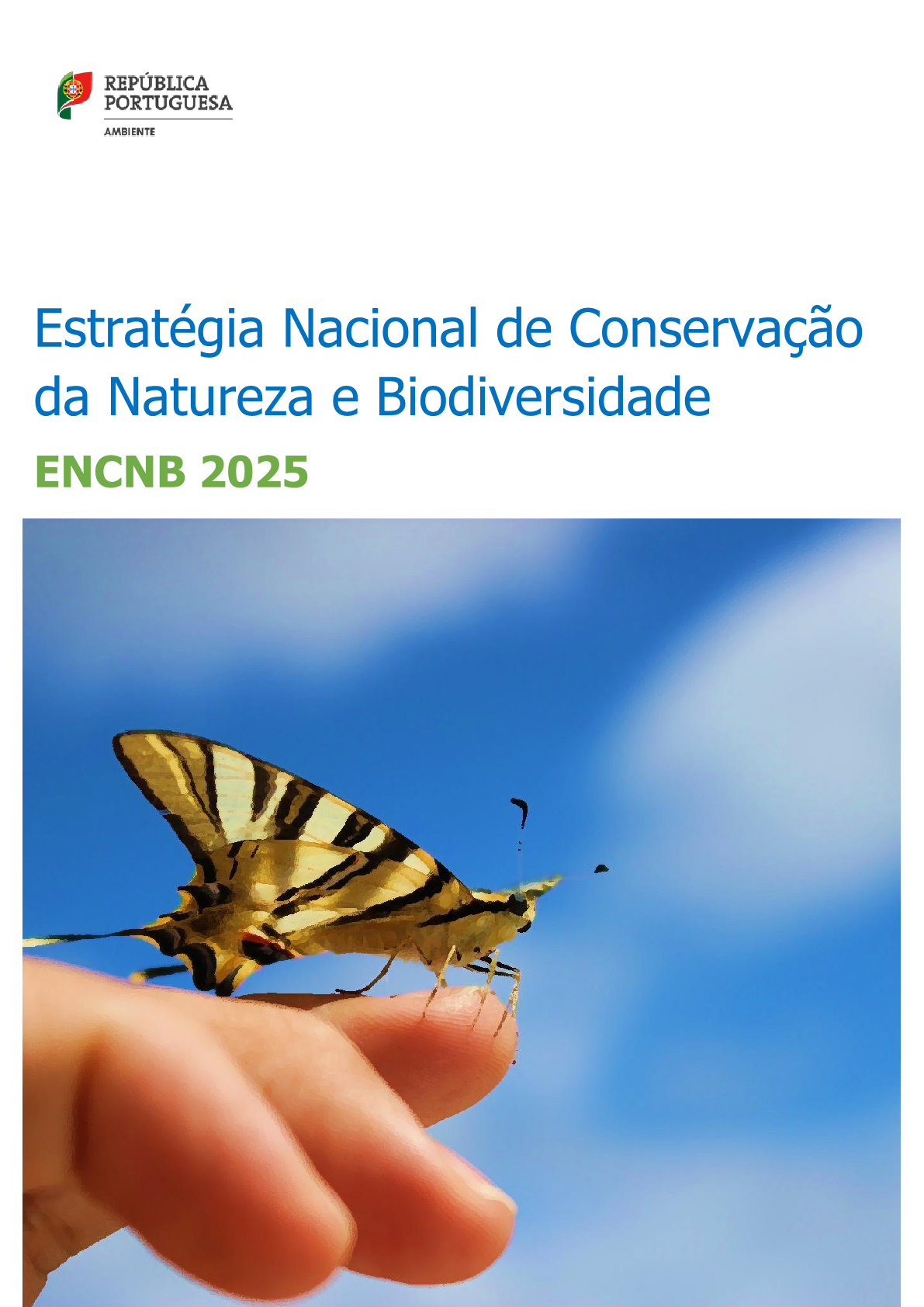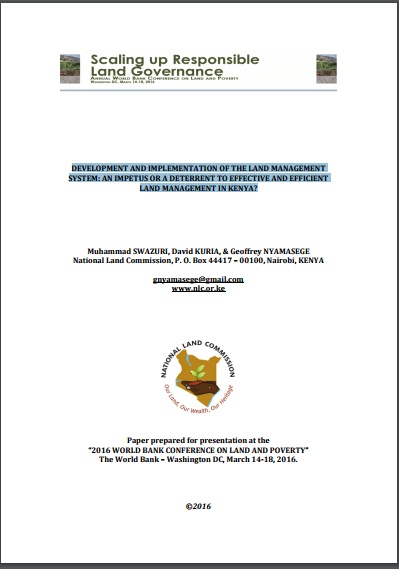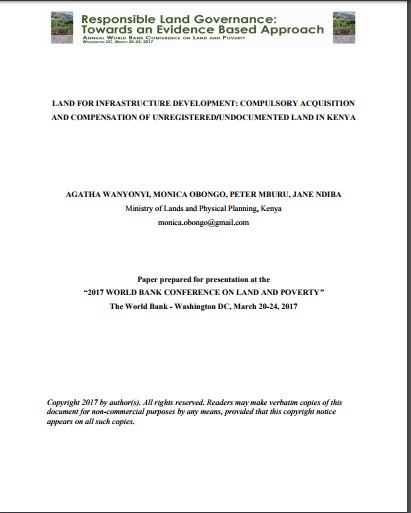Simulating Future Forest Cover Changes in Pakxeng District, Lao People’s Democratic Republic (PDR): Implications for Sustainable Forest Management
Future forest cover changes were simulated under the business-as-usual (BAU), pessimistic and optimistic scenarios using the Markov-cellular automata (MCA) model in Pakxeng district, Lao People’s Democratic Republic (PDR). The Markov chain analysis was used to compute transition probabilities from satellite-derived forest cover maps (1993, 1996, 2000 and 2004), while the “weights of evidence” procedure was used to generate transition potential (suitability) maps.







